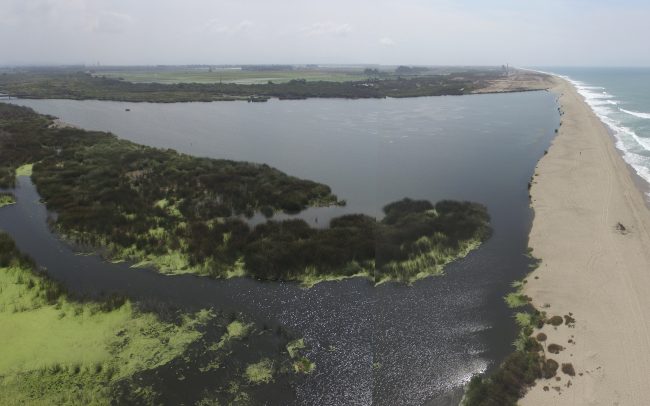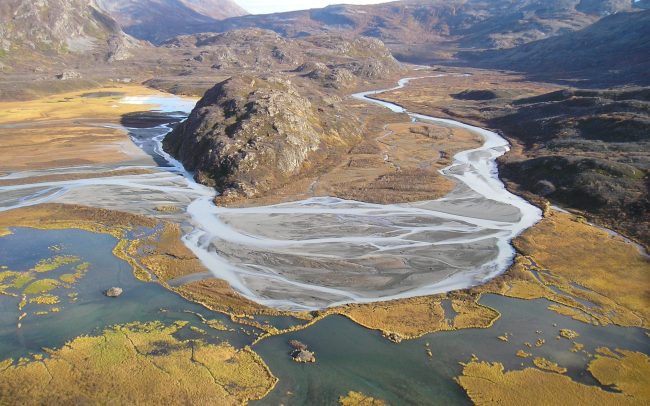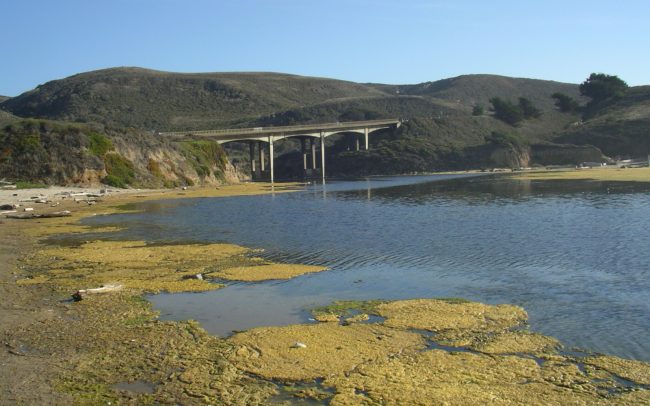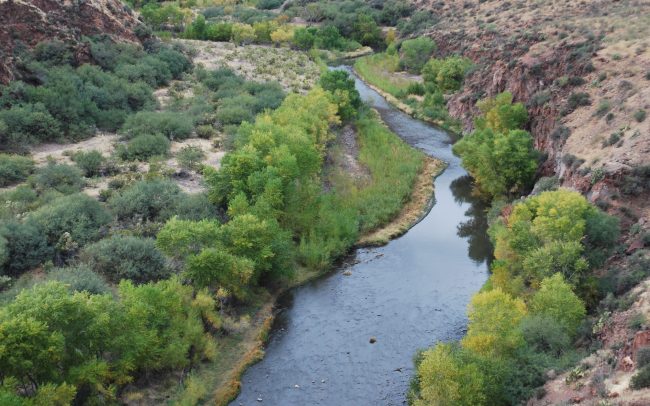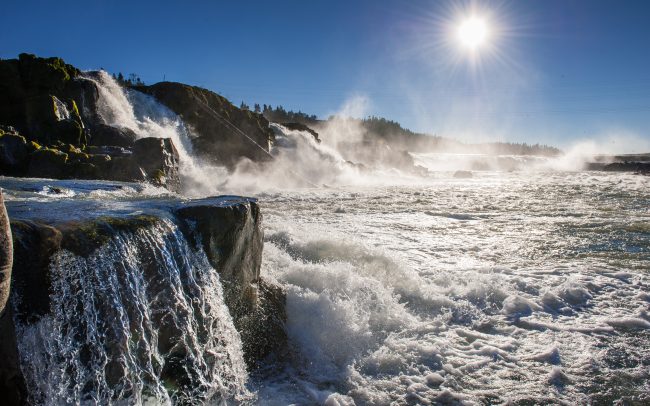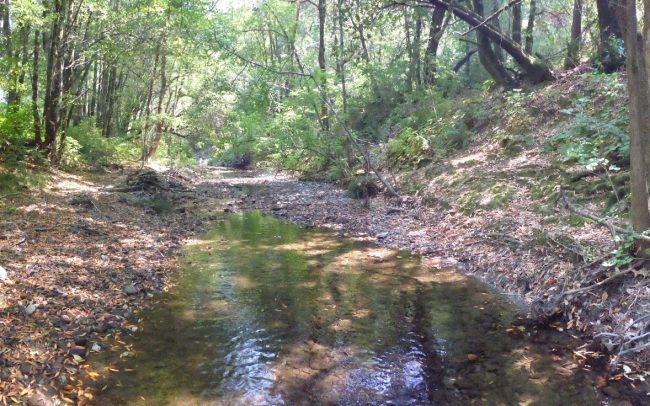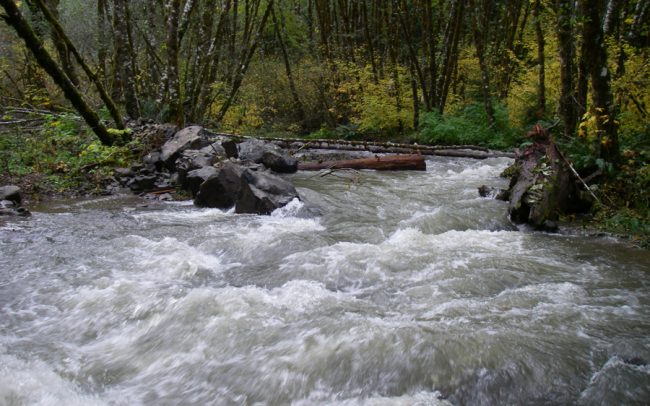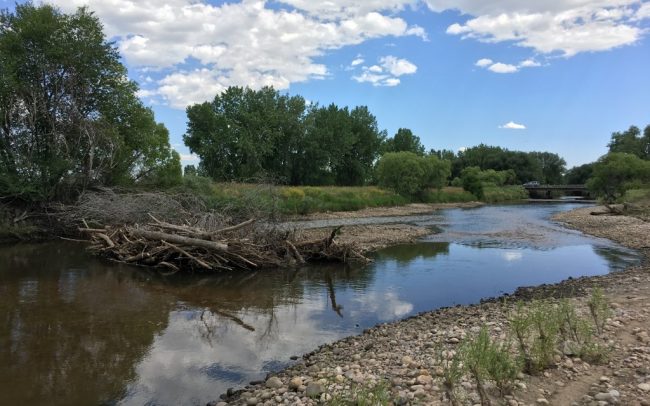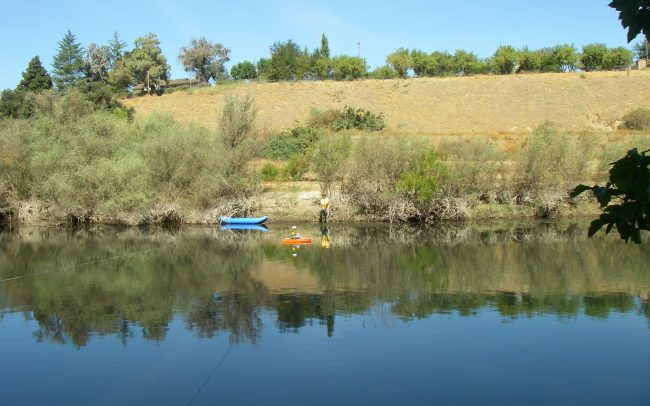Large woody debris and boulders are in place along Rock Creek, to test juvenile coho salmon population response to large scale habitat enhancements. Woody debris pieces and boulders were placed along the channel to create habitat complexity and overwintering habitat for coho salmon populations in the North Umpqua basin. Various configurations were used to determine which would provide the greatest benefit to juvenile coho salmon production. The results of this study served to guide future habitat enhancements in the basin.
A photographic base map using low elevation aerial photography (LEAP) was used to map and assess existing habitat, as well as determine locations for enhancements. The study reach was seeded with coho salmon eggs in artificial redds to assess current carrying capacity and establish pre-treatment conditions.
Post-project monitoring began after the reach received a two-year recurrence interval peak flow, to allow woody debris to become functional within the channel. Compliance monitoring was conducted to ensure that enhancements were implemented and functioning as intended, while effectiveness monitoring assessed the extent to which the project actually increases coho salmon production. These habitat enhancements were provisions of the renewed license for the North Umpqua Hydroelectric Project.

